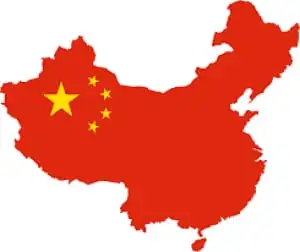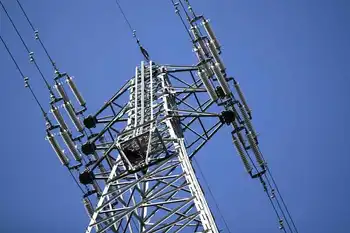Hearing on Wise plant draws 350
By Knight Ridder Tribune
NFPA 70e Training - Arc Flash
Our customized live online or in‑person group training can be delivered to your staff at your location.

- Live Online
- 6 hours Instructor-led
- Group Training Available
Dominion Virginia Power wants to build the $1.8 billion plant near St. Paul in Wise County. It would burn coal and wood products. Sen. Phillip P. Puckett, D-Russell, said the plant would provide jobs and revenue for the economically troubled area.
"This is a project that is welcomed by the people of Wise County," said Puckett, one of about a half-dozen legislators to speak for the plant. But Joshua Tulkin, deputy director of the Chesapeake Climate Action Network, an environmental group, noted that the plant each year would release 5.3 million tons of carbon dioxide, considered a cause of global warming.
This would come as Virginia, under Gov. Timothy M. Kaine, is exploring ways to reduce carbon emissions. "How can we try to decrease carbon dioxide while increasing it?"
Tulkin asked. About 115 people signed up to speak at the state Department of Environmental Quality hearing at the Richmond Marriott West. The session came after two nights of hearings in Wise. Many speakers were from central and Northern Virginia.
Gerald E. Connolly, chairman of the Fairfax County Board of Supervisors, opposed the plant in a statement read by a representative. Connolly said his region's serious smog problem could be worsened by emissions drifting northeast from the plant.
"There are practical alternatives to exacerbating global warming and impairing the health of Fairfax County residents," Connolly said. He suggested better use of conservation and wind energy.
Pam Faggert, a Dominion Virginia Power vice president, said emissions from the plant would fall within pollution limits designed to protect the most sensitive people. "The (plant) will be a state-of-the-art facility" with the latest pollution controls, Faggert said.
Under a draft state permit, the plant could release up to 10,310 tons per year of pollutants, including sulfur dioxide, carbon monoxide, nitrogen oxides and soot.
The pollutants are linked to human health problems and to environmental ills such as haze. But, like Faggert, state officials say proposed limits would protect the public and the environment. Carbon-dioxide releases are not regulated. The plant would produce up to 585 megawatts of power, enough to serve 146,000 new homes.
Dominion Virginia Power hopes to have the plant running by 2012 to help meet an anticipated 4,000-megawatt increase in demand from Virginia customers over the next decade. The plant would employ about 75 workers and create about 350 mining jobs, Dominion Virginia Power says. Nearly 1,000 people would be employed during construction.











